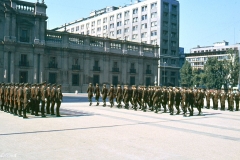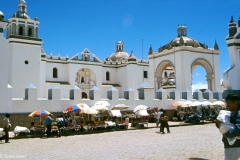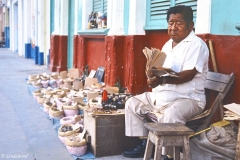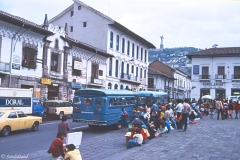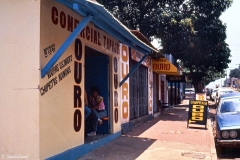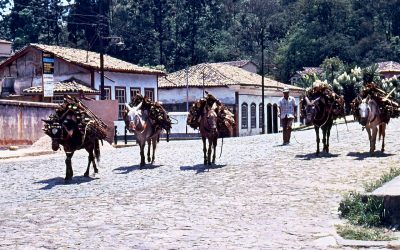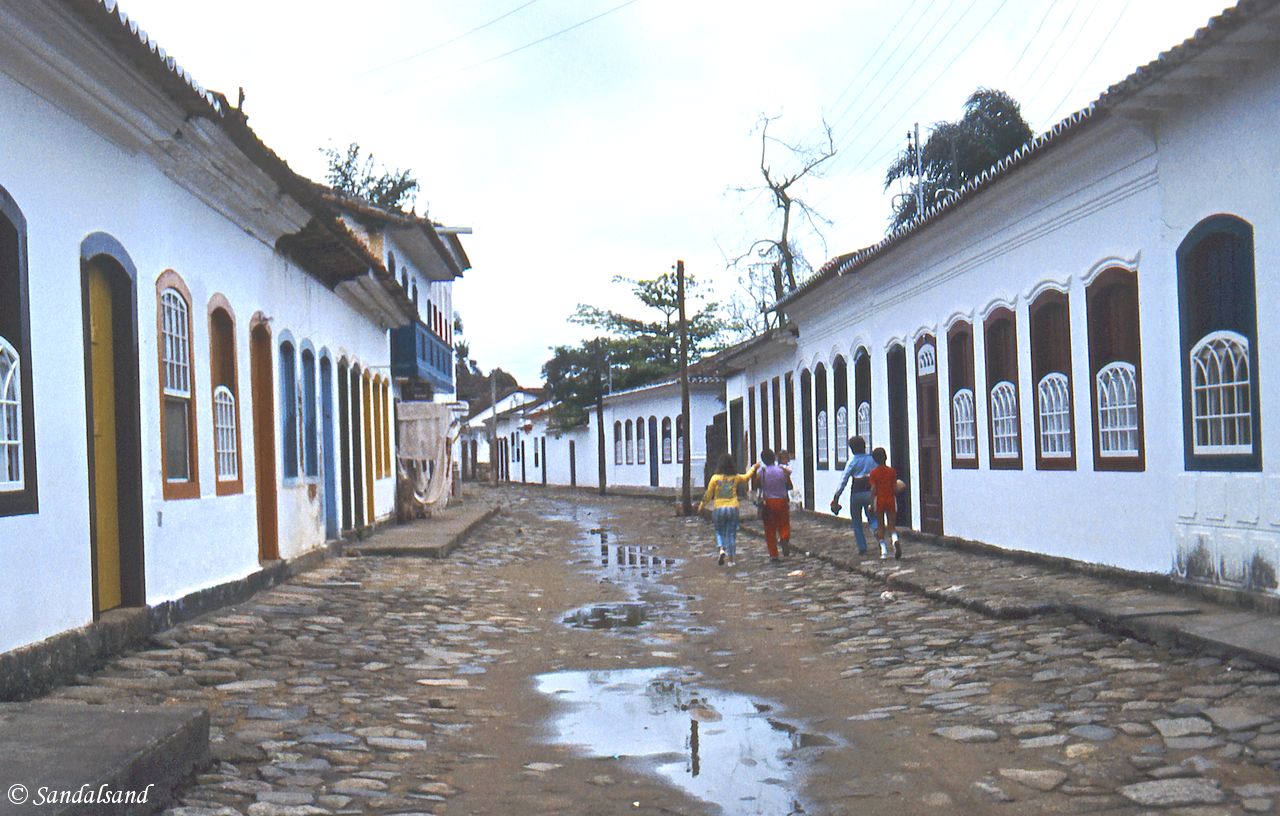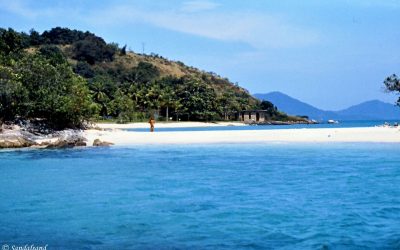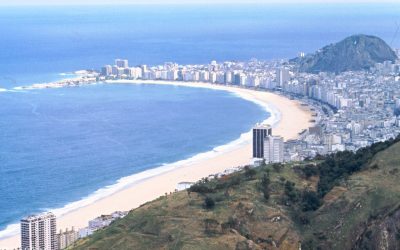Intro
States
Photos
Blog
Facts
Overall impressions
I was strolling around the Plaza de Armas in Cuzco, Peru. Then three smiling girls came up with their alpacas and traditional clothing. Of course I had to stop and take their picture.
The girls did not ask for propina, instead they were just nice and laughed when they took up position in front of us. Obviously, we could not resist the temptation to photograph them.
For a traveller, the Inca descendants from the Andes Mountain Range represent the quintessence of this part of the world. They are a poor, yet proud. They are traditional, yet they strive to enhance their material well-being. Unfortunately most South American countries have been ruled by military dictatorships. Throughout the centuries the military has been cooperating closely with the Catholic church.
In combination with immense differences between rich and poor, most countries have had profound difficulties to develop a sound economy. That is an economy able to produce a decent standard of living for all segments of the population. On the other hand, very positive trends have emerged since the end of the 20th century.
All this goes for the rest of Latin America as well. By the way, Sandalsand categorises everything north of the South American (sub-) continent as North America.
South America consists of 12 independent countries and Sandalsand has been to six. If you click the country links above, you will find all entries from each country.
The remaining six are indicated by a yellow colour in the map.
There are also a few territories of a different legal status in this region, for instance the Falkland Islands and South Georgia. They are British overseas territories. French Guiana is a French overseas region. It is normal to group Central America and the Caribbean as part of North America, and I follow the same definition.
 Map of South America. Sandalsand has been to countries marked with a green colour, and not the yellow countries. (Map source: Wikimedia Commons, Creative Commons Attribution 3.0 Unported license (user Luan))
Map of South America. Sandalsand has been to countries marked with a green colour, and not the yellow countries. (Map source: Wikimedia Commons, Creative Commons Attribution 3.0 Unported license (user Luan))Photo galleries
Open the box to view Sandalsand’s picture galleries from this region.
Click to show or hide
For the best experience, open a picture gallery in a new tab or window.
Posts from South America
World Heritage #0124 – Historic Town of Ouro Preto
The Portuguese found gold in the hills of Ouro Preto and built a city full of splendid colonial architecture. The UNESCO World Heritage...
World Heritage #1308 – Paraty
This heritage site includes the historic colonial centre of Paraty and four natural areas in the Ilha Grande area in the south of Brazil. The...
Beaches and old colonial towns south of Rio
We went looking for beaches and old colonial towns south of Rio and found them. We also went on a funny boat trip. This article is part of a...
Adventurous and dramatic days in Rio de Janeiro
Rio de Janeiro, Brazil was our first destination on a five month long journey around South America. This is about the departure from Norway and...
World Heritage #1100 – Rio de Janeiro
The beaches and hills of Rio de Janeiro contributed to it becoming one of the world's most famous cities. The people living here added the rest. The...
A journey through South America in 1987
This is the story of a five month journey to South America in 1987. My girlfriend Bo and I visited five countries on the continent, from Brazil in...
In Latin America, even atheists are Catholics. (Carlos Fuentes)
A fact sheet
This is from Wikipedia’s introduction to this region.
Map and numbers

- Area: 17,840,000 km2
- Population: 420,458,044 (2016)
- Population density: 21.4/km2
- Nominal GDP: $3.94 trillion (2017)
- PPP GDP: $6.57 trillion (2017)
- GDP per capita: $9,330 (2017)
- Demonym: South American
- Countries: 12
- Dependencies: 3
Geography
South America is a continent in the Western Hemisphere, mostly in the Southern Hemisphere, with a relatively small portion in the Northern Hemisphere. It may also be considered a subcontinent of the Americas, which is how it is viewed in the Spanish and Portuguese-speaking regions of the Americas.
It is bordered on the west by the Pacific Ocean and on the north and east by the Atlantic Ocean; North America and the Caribbean Sea lie to the northwest.
South America has an area of 17,840,000 square kilometers (6,890,000 sq mi). Its population as of 2016 has been estimated at more than 420 million. South America ranks fourth in area (after Asia, Africa, and North America) and fifth in population (after Asia, Africa, Europe, and North America). Brazil is by far the most populous South American country, with more than half of the continent’s population, followed by Colombia, Argentina, Venezuela and Peru. In recent decades Brazil has also concentrated half of the region’s GDP and has become a first regional power.
Source
Wikipedia on a Creative Commons Attribution-ShareAlike License. Date: 2018-06-22
